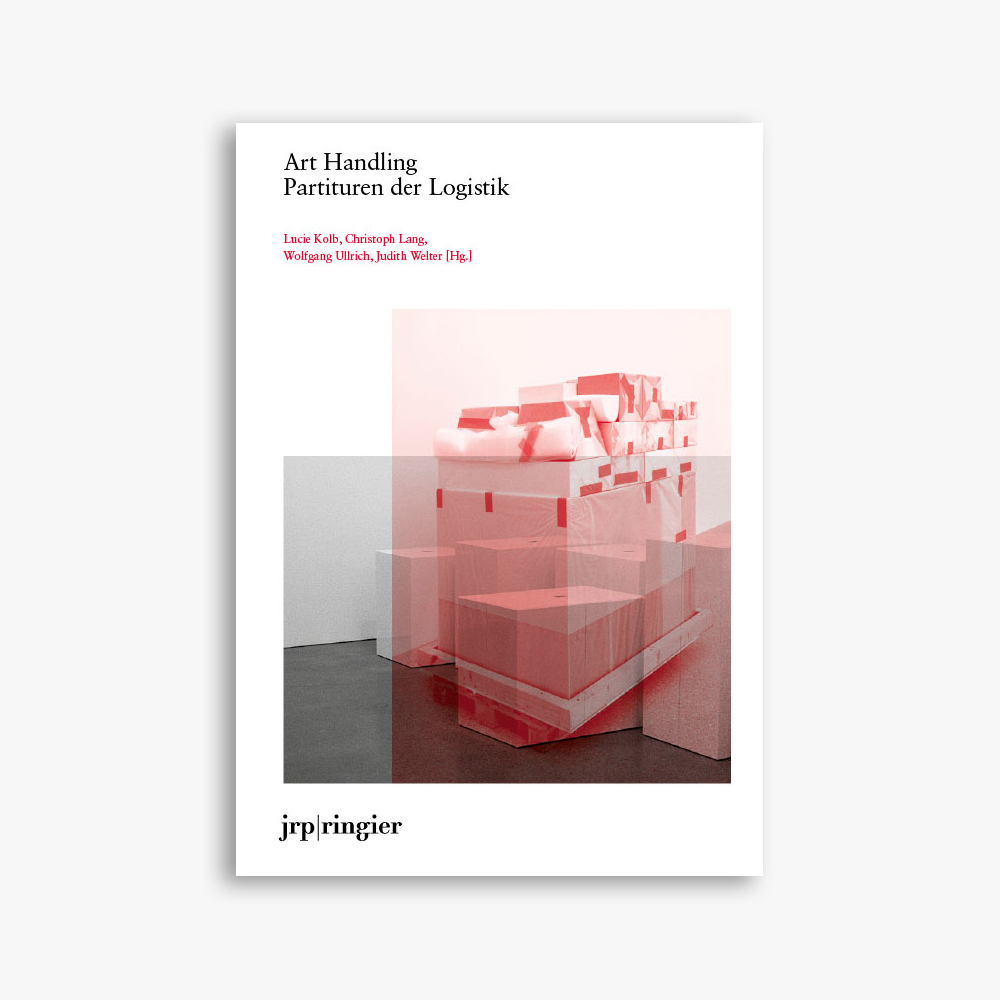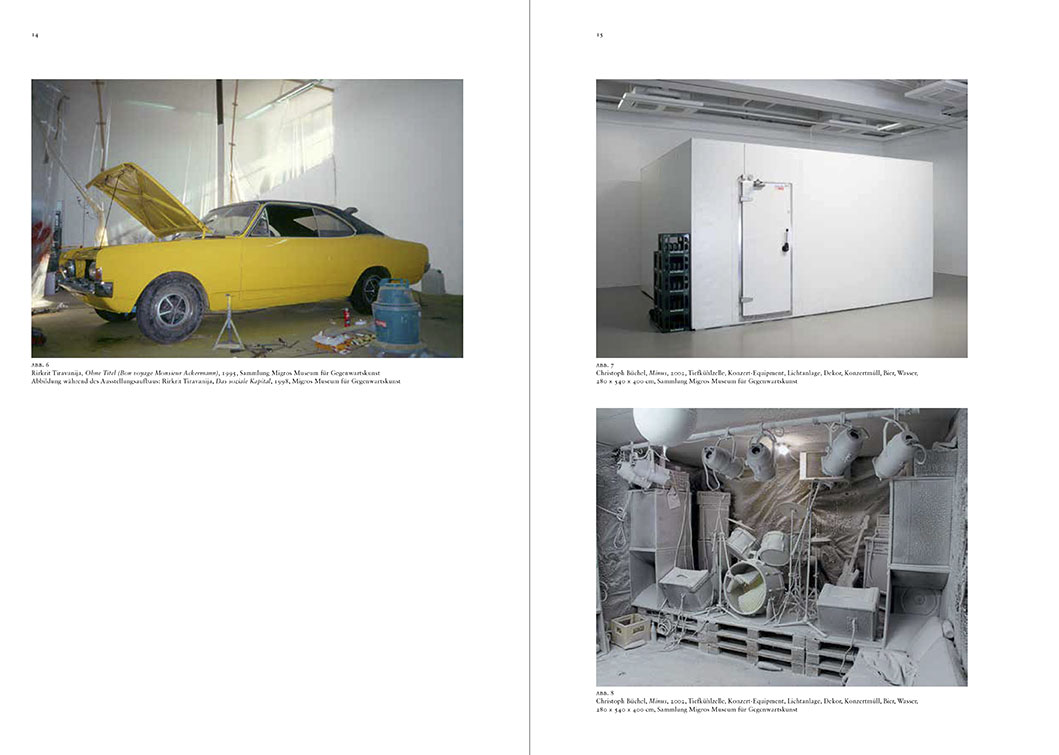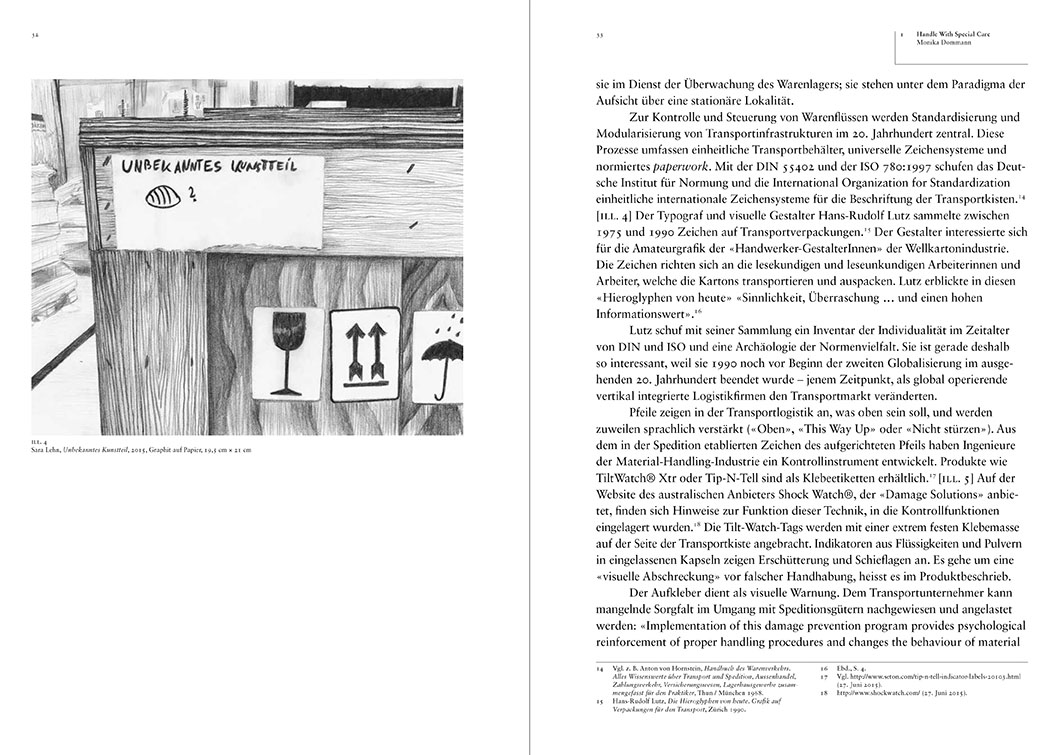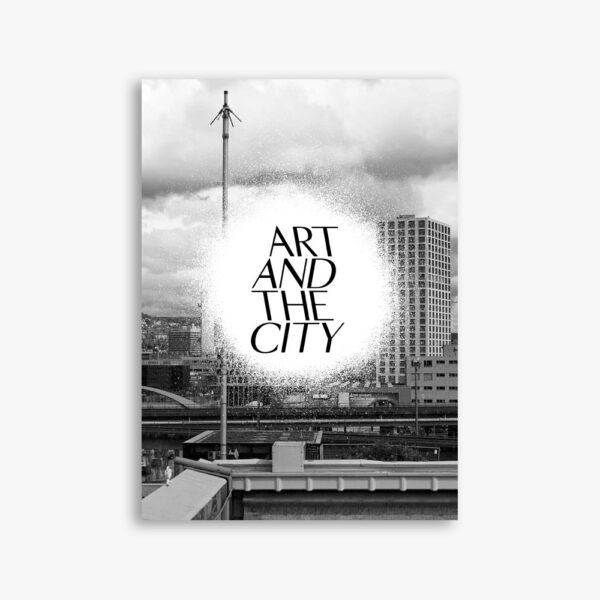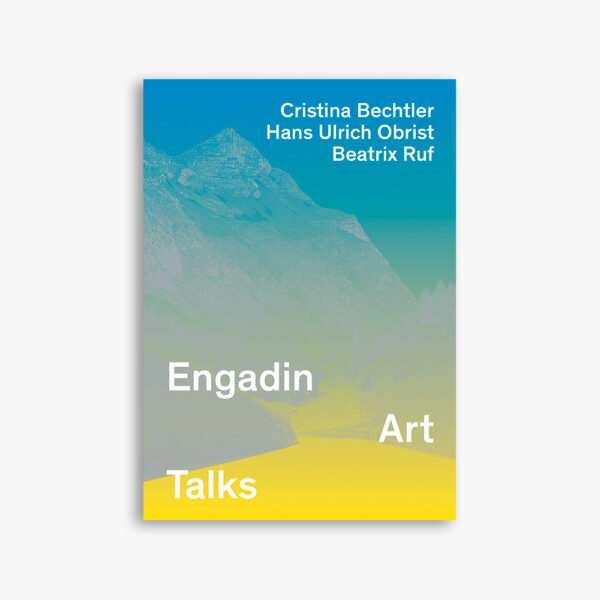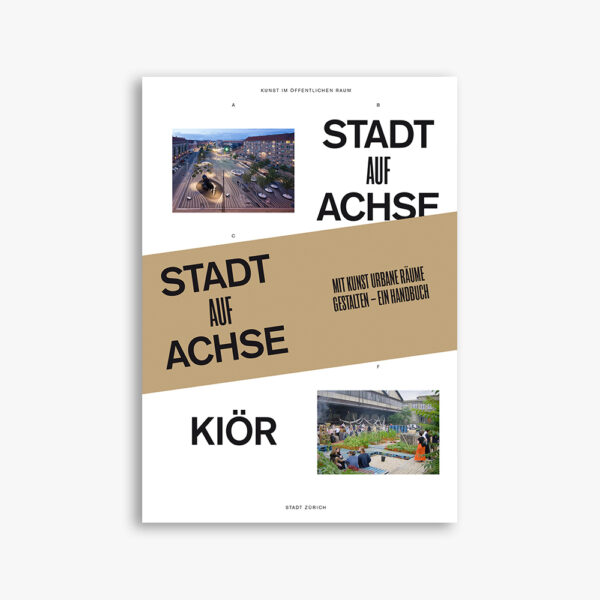A handbook for museums
The term “art handling” describes aspects of the (professional) art scene that often remain invisible: installation and de-installation, technical and conservation-related documentation, storage, transport, and legal issues. Discussions around materiality reveal that infrastructure and logistics are of constitutive significance to the production and presentation of artworks. Over the course of the professionalization of the global art scene, the requirements relating to installation-based, ephemeral, and performative artworks, and how these are handled by the institutions, have continually become stricter, and issues of documentation have accordingly become more complex. On the one hand, new work concepts or works are changing the requirements for the “infrastructure” of museums. On the other hand, such “infrastructures” that now exist in many places are also directly stimulating the emergence of certain art forms.
The publication includes contributions by Monika Dommann, Peter J. Schneemann, Tobias Vogt, Beat Wyss, among others, as well as a conversation between Sonia Kacem, Franziska Koch, Judith Welter, Monika Schori, and Christoph Lang. The reader “Art Handling” was initiated as a result of the symposium of the same name held at the Migros Museum für Gegenwartskunst in 2014, and covers central aspects of this topic in essays and in a round-table discussion.
Published with Migros Museum für Gegenwartskunst, Zurich, and Hochschule Luzern – Design & Kunst, Lucerne.
